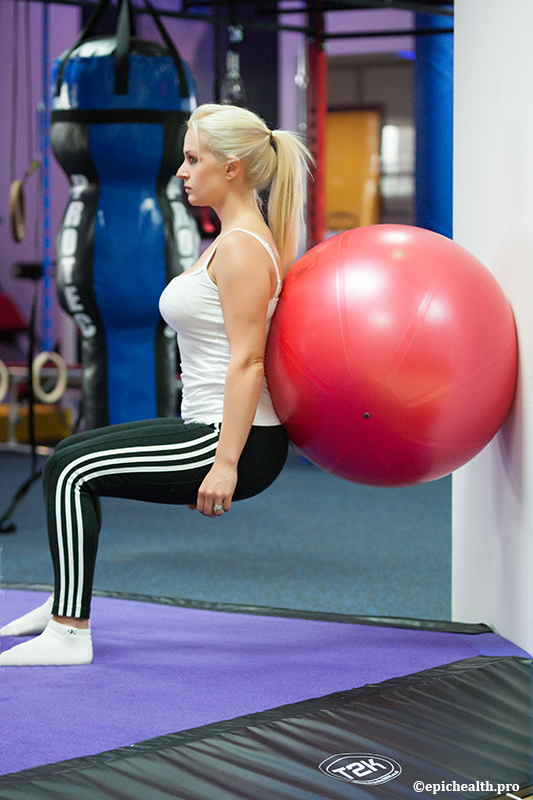The Importance of Conditioning

Complete injury rehabilitation requires restoration of muscular strength. Active muscles increase in size (hypertrophy) and endurance, whereas those that remain passive will decrease in size, negatively affecting our basal metabolic rate (easier to gain fat tissue). Immobilised areas (cast or brace) also require a programme to prevent excessive muscle atrophy (wasting of muscle tissue), where isometric (static) exercises are encouraged; preventing further muscle atrophy until movement is possible.
As swelling and pain lessen, exercises involving pain-free movement are introduced. With strength improving, further resistance can be applied; weight-bearing exercises introduced when the injured area is capable of support. Isokinetic exercises are encouraged at this stage to develop strength through the full range of movement using uniform resistance. Monitoring increases in strength of both the agonist and antagonist muscles (the muscle being treated and the opposing muscle), ensuring an appropriate ratio of strength is being developed.
